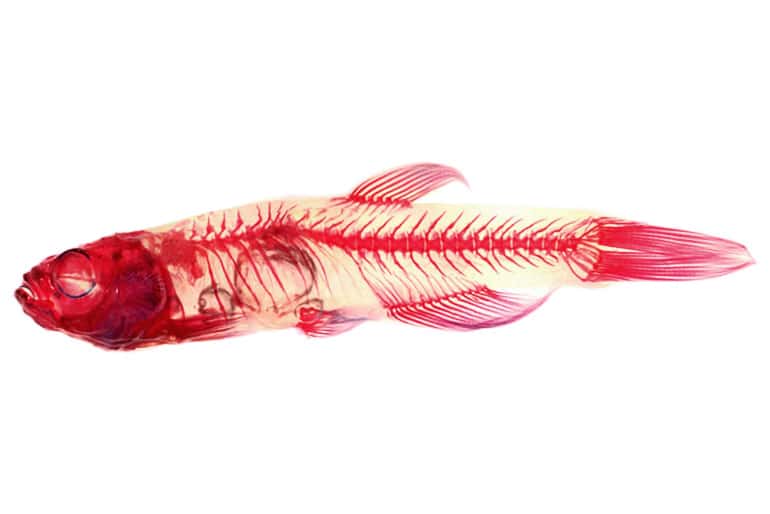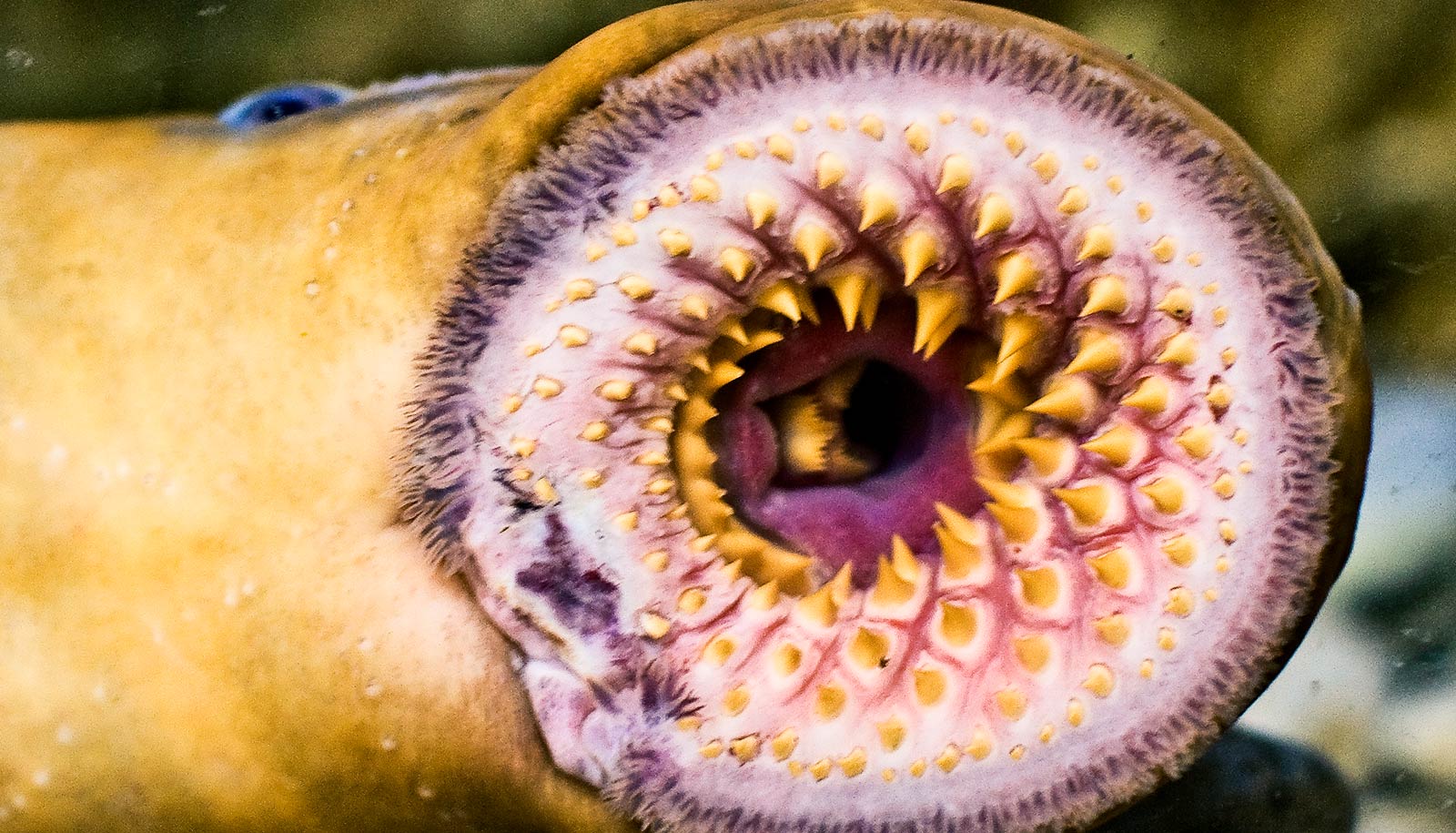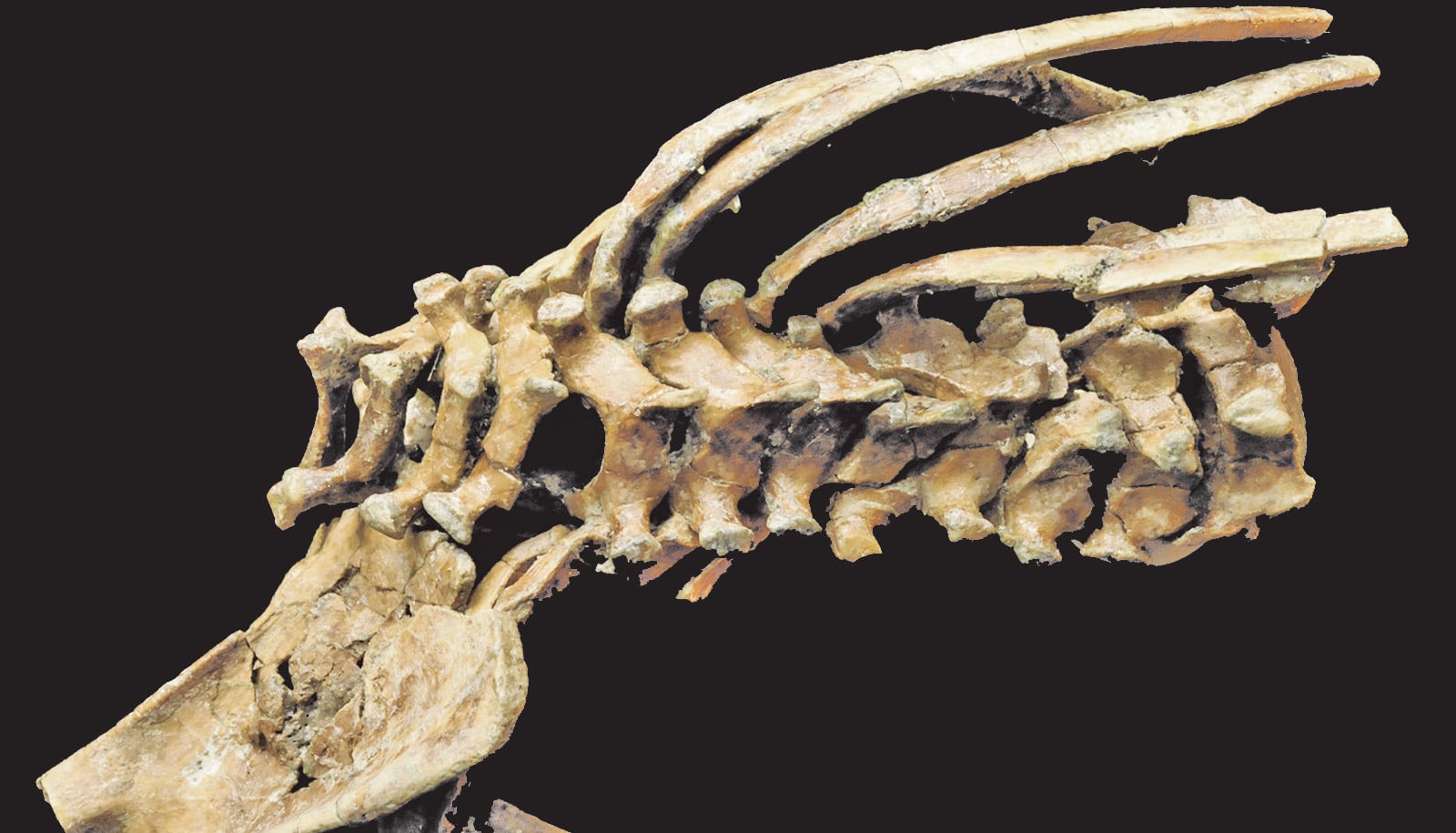The body’s inability to fully utilize the essential dietary mineral manganese might be to blame for some cases of severe scoliosis, according to a new study.
Nobody knows why some children’s backs start to curve to one side just as they hit puberty. Most children who receive a diagnosis for scoliosis, or curvature of the spine, have no known risk factors.
The new study, however, finds that children with severe scoliosis are twice as likely as children without the disease to carry a gene variant that makes it hard for their cells to take in and use manganese. Manganese is necessary for growing bones and cartilage.
“Our study links a common disease—scoliosis—to something that’s potentially modifiable in the diet,” says senior study author Christina Gurnett, a professor of neurology, of orthopedic surgery, and of pediatrics at Washington University in St Louis.
“But we don’t want people to go out right now and start manganese supplements, because we already know that too much manganese can be harmful,” Gurnett says.
Family clusters
Doctors diagnose about 3 million new cases of scoliosis every year. Most are mild and require only that doctors keep a watchful eye on the condition. Children who develop a moderate bend to their spine may need to wear a back brace until they finish growing. In rare cases, the curvature is so pronounced that it requires surgery to correct.
Cases of scoliosis tend to cluster in families, but not in a simple way, which suggests that many different genes each play a small role in increasing the risk of the disease. To identify such genes, researchers scanned all the genes in 457 children with severe scoliosis and 987 children without scoliosis.
They found a variant in the gene SLC39A8 in only 6 percent of the healthy children but 12 percent of the children with severe scoliosis. A second analysis in a separate group of 1,095 healthy children and 841 children with moderate to severe scoliosis also found that children with scoliosis were about twice as likely to carry the variant.
When the researchers bred zebrafish with a disabled SLC39A8 gene, the fish developed movement and skeletal abnormalities, including curves in their spines.

The gene hasn’t been studied much, but there are some reports that it helps cells take in minerals such as zinc, iron, and manganese. The researchers found that human cells with the gene variant successfully took up zinc and iron but failed to take in manganese.
Further, they discovered that children with the gene variant had significantly lower levels of manganese in their blood than those with the more common form—although both groups were still within the normal range.
“Our goal in studying the genetics of this disorder was to see if there was anything we could learn that might change how we treat patients,” says Gurnett, who is also director of the pediatric and developmental neurology division and neurologist-in-chief at St. Louis Children’s Hospital.
“And we came across this gene variant that affects the level of manganese in the body. That tells me maybe we should start thinking about studying nutritional treatments for some children at risk,” Gurnett says.
Manganese is both an essential mineral and a toxin. High doses can cause manganism, a permanent neurological condition characterized by tremors and difficulty walking, as well as psychiatric symptoms such as aggression and hallucinations. It has also has been linked to Parkinson’s disease, schizophrenia, and high blood pressure.
Too little manganese, on the other hand, can cause manganese deficiency—although this is rarely seen in people because the human body needs only trace amounts that it can easily obtain from food. But animal studies show that lack of manganese can result in problems metabolizing fat and sugar, impaired growth, difficulty walking, and curvature of the spine.
Take care with supplements
The children with the genetic variant did not have manganese deficiency, but they may be unable to use manganese as efficiently as others.
“The genetic variant does not stop the gene from working entirely, it’s just not working optimally,” says first author Gabriel Haller. “So maybe most people need a certain level of manganese in their blood, but if you have a bad gene variant like this one, you need more.”
Any manganese supplementation would have to be carefully measured to avoid raising the risk for other serious diseases, the researchers caution.
“We’ve started doing these studies in zebrafish by adding manganese to their water,” Gurnett says. “But we still need to do human studies to figure out how much exactly is both safe and effective.”
The research appears in Nature Communications.
The National Institute of Arthritis and Musculoskeletal and Skin Diseases, the Eunice Kennedy Shriver National Institutes of Child Health and Human Development, a Marfan Foundation Faculty Grant, Washington University Institute of Clinical and Translational Sciences, Washington University Musculoskeletal Research Center, and the Intellectual and Developmental Disabilities Research Center at Washington University funded the work.



